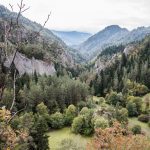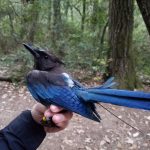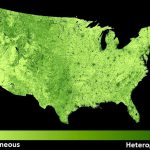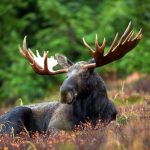Jan 2019
- Biodiversity
- Land Use
- Remote Sensing
What happens to croplands/forests during political instability? Johanna Buchner’s work in the Caucasus shows that change is dependent on local conditions, and not similar across broad scales.
Dec 2018
- Biodiversity
- Birds
- Conservation
Kristin Brunk is conducting research to determine if management of one bird species can conserve the other in California.
Dec 2018
- Biodiversity
- Birds
- Conservation
- Remote Sensing
Laura Farwell is using image texture measures as powerful predictors of regional and global biodiversity patterns.
Dec 2018
- Biodiversity
- Conservation
- Remote Sensing
Elena Razenkova found that remote measures of productivity like DHI can help explain moose abundance over the last 3 decades.




